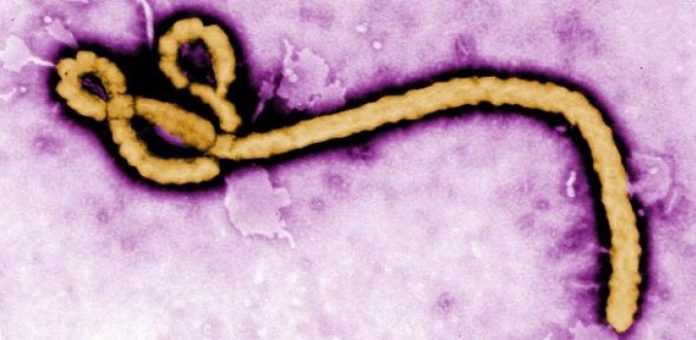
When viruses such as influenza and Ebola jump from one species to another, their ability to cause harm can change dramatically, but research from the University of Cambridge shows that it may be possible to predict the virus’s virulence by looking at how deadly it is in closely-related species.
A number of emerging infectious diseases — including some of the most deadly outbreaks such as Ebola, SARS and HIV — are the result of humans becoming infected with a pathogen that normally infects another species. The amount of harm caused by a pathogen when it jumps into a new species can be very variable, at times causing few, if any symptoms, while at other times causing high levels of mortality.
A team led by researchers at the Department of Genetics, University of Cambridge, has looked at how the harm a pathogen causes can change following a jump between species. The researchers infected 48 species of fruit fly with an RNA virus, and found that the amount of harm caused by the virus was extremely variable in the new hosts, with some species having relatively benign infections and other species dying rapidly. Most of the deadly emerging diseases that infect humans are caused by RNA viruses.
The different species of fruit fly shared a common ancestor around 40 million years ago. The relationships between the different species can be examined using an evolutionary ‘tree’ known as a phylogeny. Species that cluster together are the most genetically similar.
In a study published today in the journal PLOS Pathogens, the researchers show that closely related species show similar levels of virulence when infected with the virus, with the tree of species being a patchwork of closely related groups showing high or low virulence. The level of virulence observed appears to be due to the amount of virus that accumulates in the hosts. The viral load also likely affects the ability of the virus to spread.
Although the research was carried out in fruit flies, the researchers suggest that the general principle should be applicable across species. A study published in the journal Science in 2014 showed a pattern consistent with such effects in amphibians infected by chytrid fungus.
“We see such patterns in the wild,” explains Dr Ben Longdon. “The Ebola virus, for example, appears to cause few symptoms in its natural reservoir, the fruit bat, but it is deadly in chimpanzees, gorillas and humans.
“While there may be no clear rule to predict how deadly a pathogen will be in a new host, a simple rule of thumb may be that if it causes high levels of virulence in any given host species, it will typically cause similar levels of virulence in closely-related hosts. If we see a new disease emerge that causes high levels of mortality in chimpanzees, for example, then it may also be a danger to humans.”
Story Source:
The above story is based on materials provided by University of Cambridge. The original story is licensed under a Creative Commons Licence. Note: Materials may be edited for content and length.
Journal Reference:
- Ben Longdon, Jarrod D. Hadfield, Jonathan P. Day, Sophia C. L. Smith, John E. McGonigle, Rodrigo Cogni, Chuan Cao, Francis M. Jiggins. The Causes and Consequences of Changes in Virulence following Pathogen Host Shifts. PLOS Pathogens, 2015; 11 (3): e1004728 DOI: 10.1371/journal.ppat.1004728
